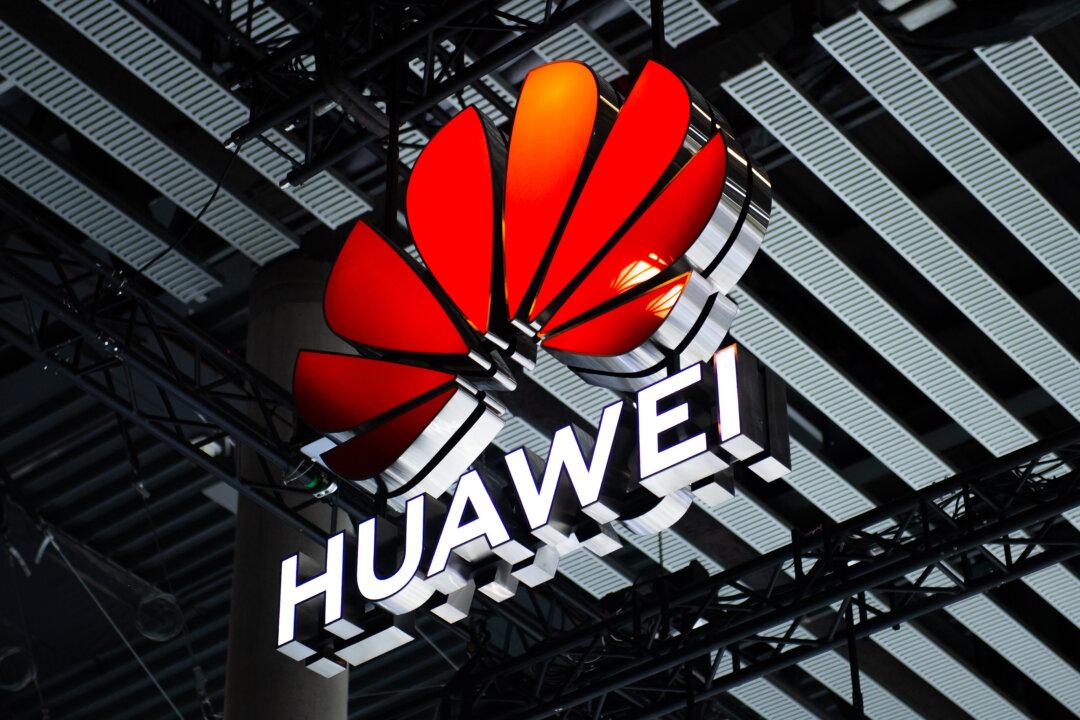The U.S. Department of Commerce has vowed to protect national security in the wake of China’s reported breakthrough in manufacturing a 7-nanometer chip without access to advanced equipment.
“Let’s be clear: export controls are just one tool in the U.S. government’s toolbox to address the national security threats presented by the PRC. The restrictions in place since 2019 have knocked Huawei down and forced it to reinvent itself—at a substantial cost to the PRC government,” a Commerce Department spokesperson told The Epoch Times in an emailed statement, using the acronym for the regime’s official name, the People’s Republic of China.


